Baby Birdorable: Piping Plover
If you think our Birdorable birds are cute as adults, what about when they are babies? Below are some baby photos (shared via Flickr Creative Commons) of the Piping Plover.
When it comes to cute baby birds, it's hard to beat precocial shorebird chicks. Precocial chicks are ready and able to leave the nest soon after hatching. So they are covered in downy feathers, their eyes are open, but they are still tiny.
Piping Plovers are threatened, so their nests are monitored in several locations, leading to some spectacular photos of the extremely adorable chicks as they first make their way in the world.
Piping Plovers use a scrape on open beach habitat to nest. The scrape may be lined with small pebbles and shells. Incubation is performed by both the male and female, and takes around 26 to 28 days. They can walk away from the nest within hours of hatching.
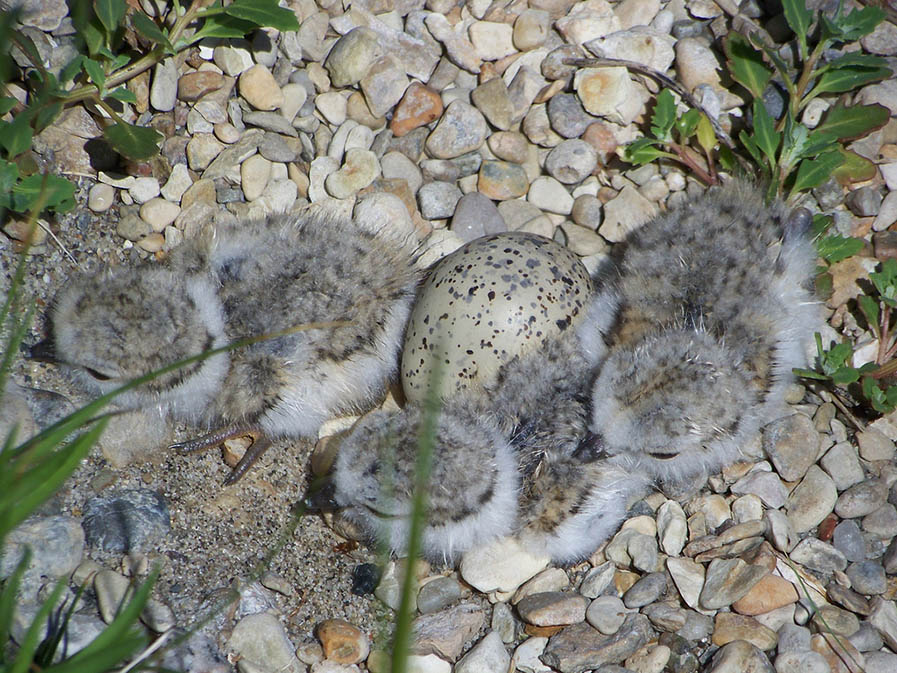
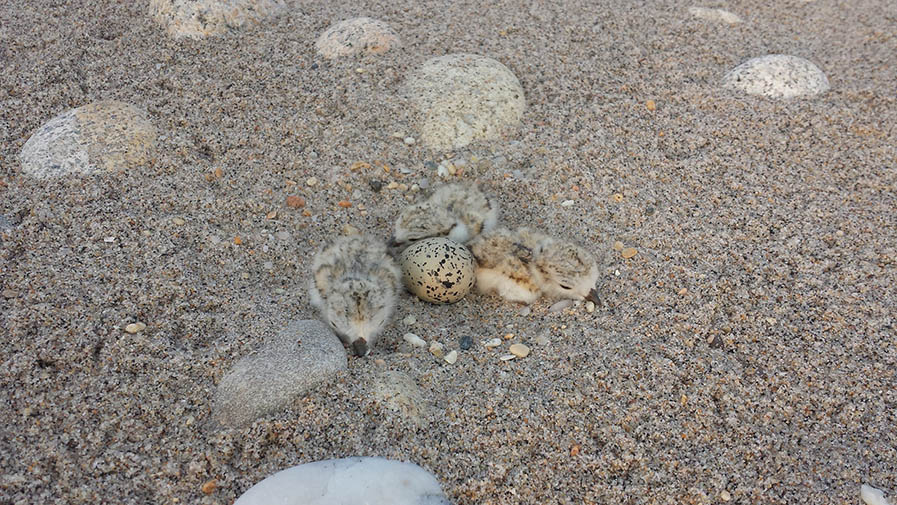
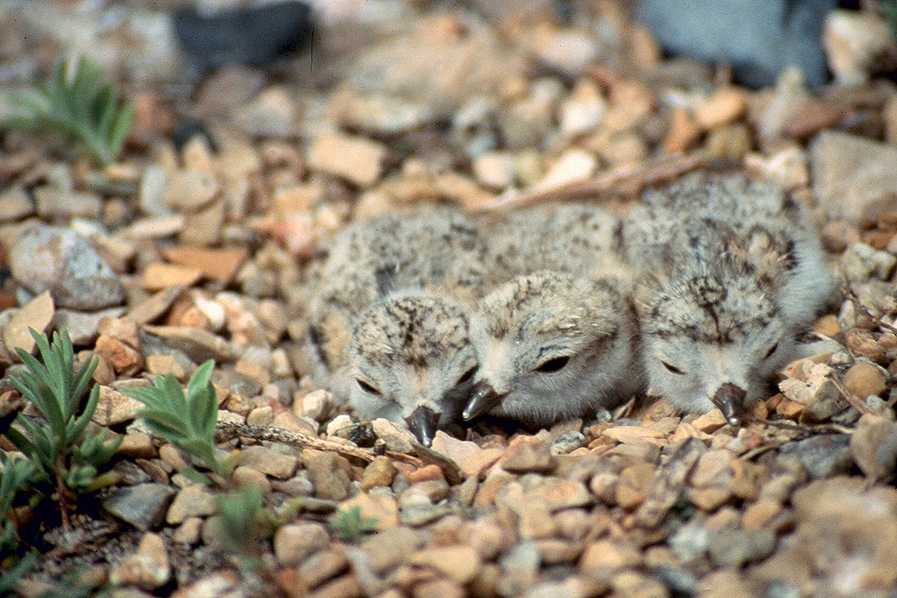
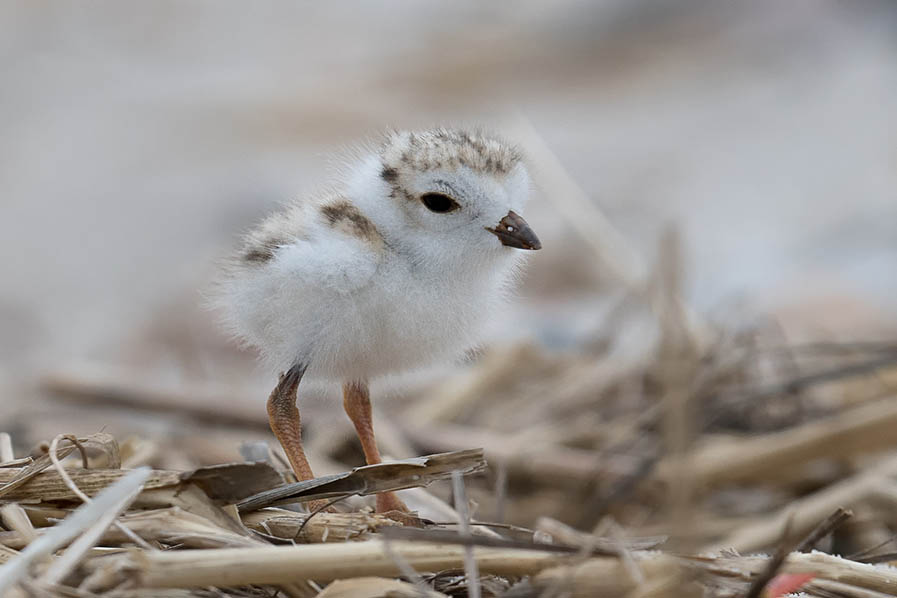
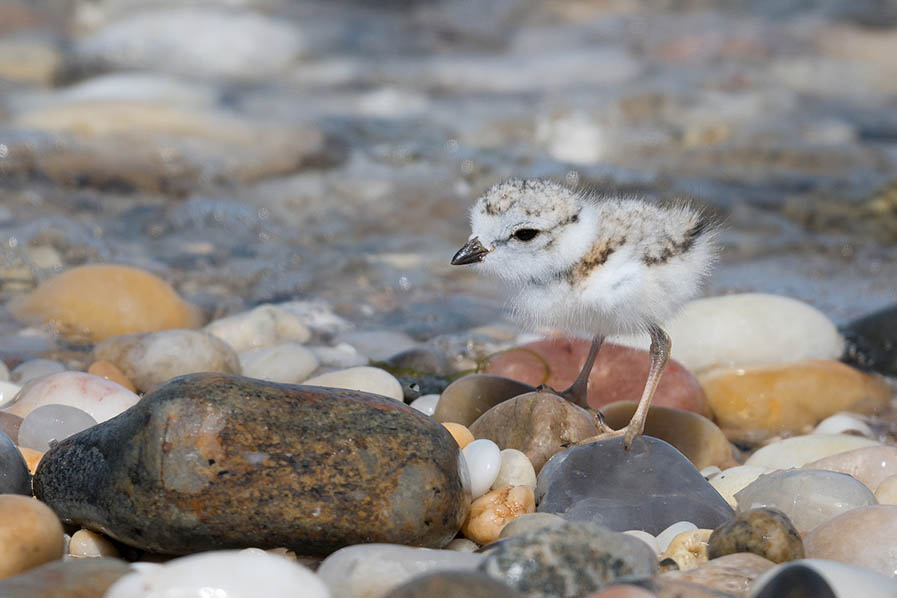
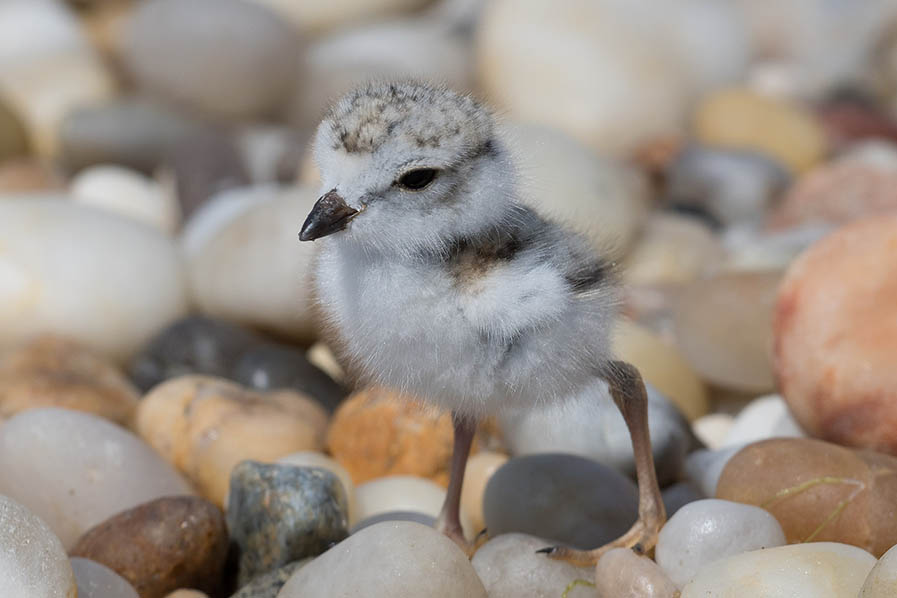
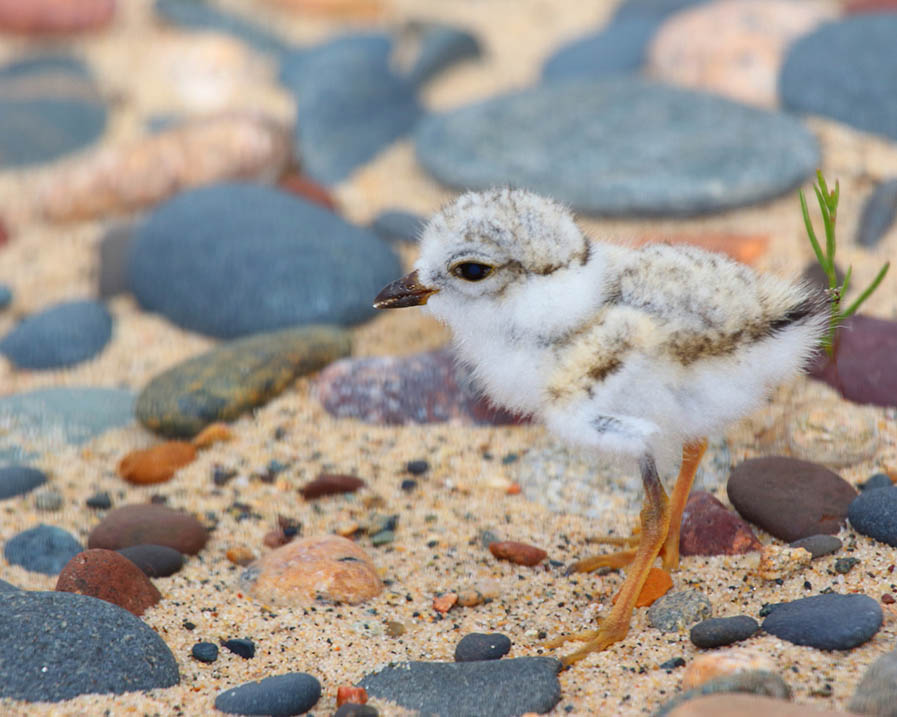
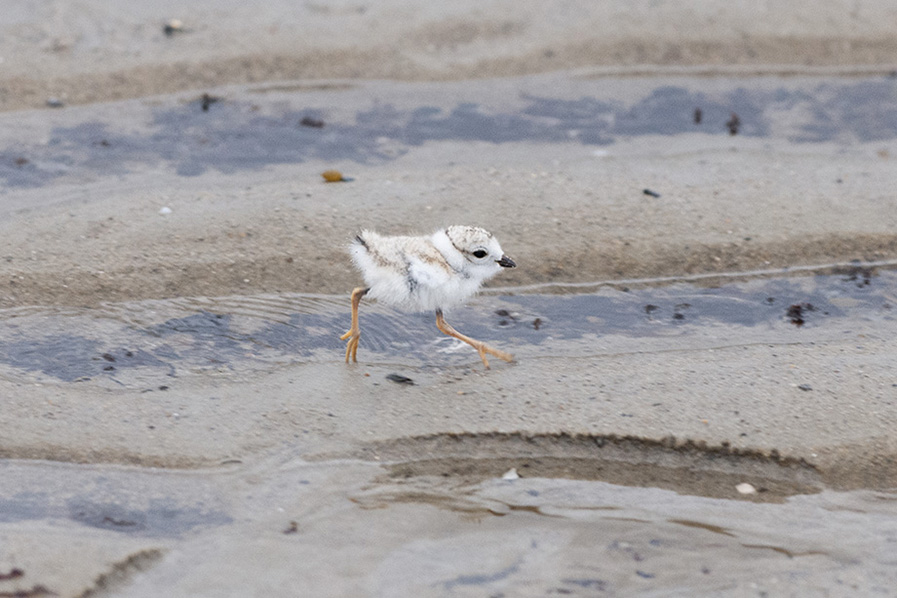
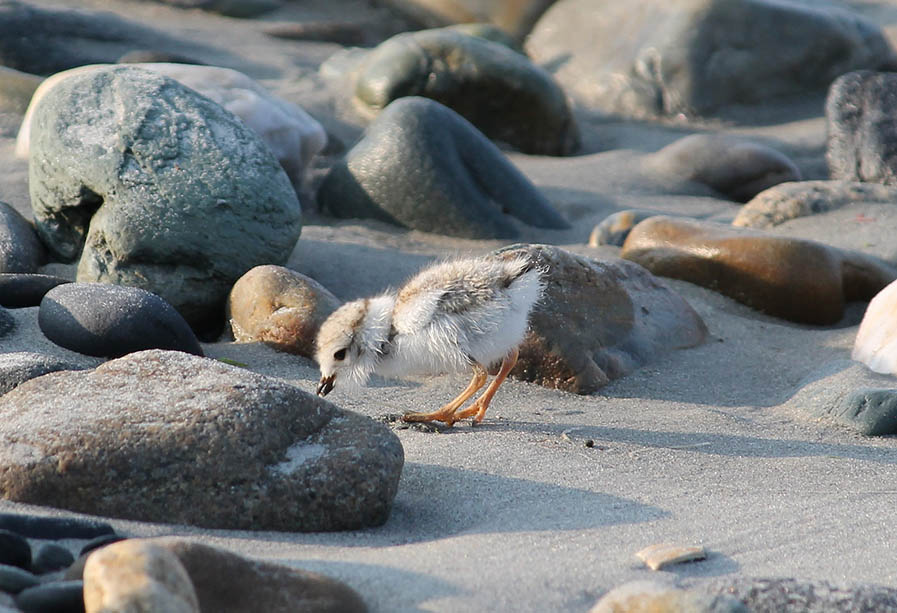
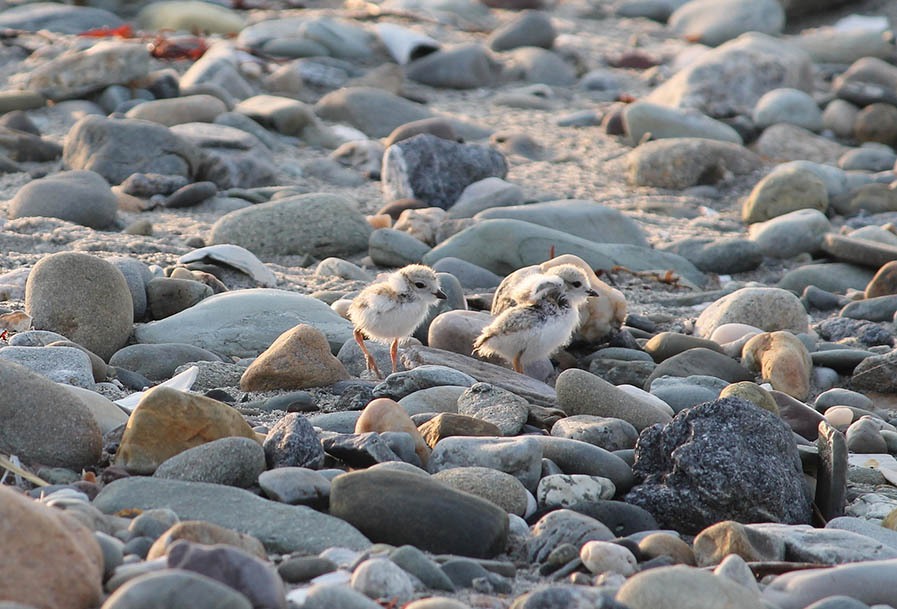
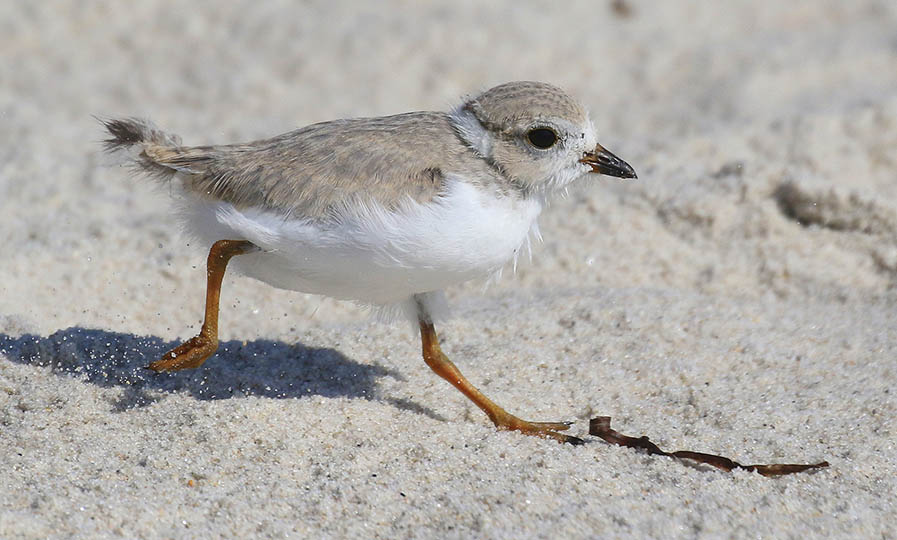







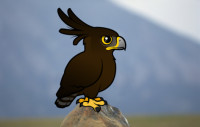

Comments
Leave a comment
Thank you!